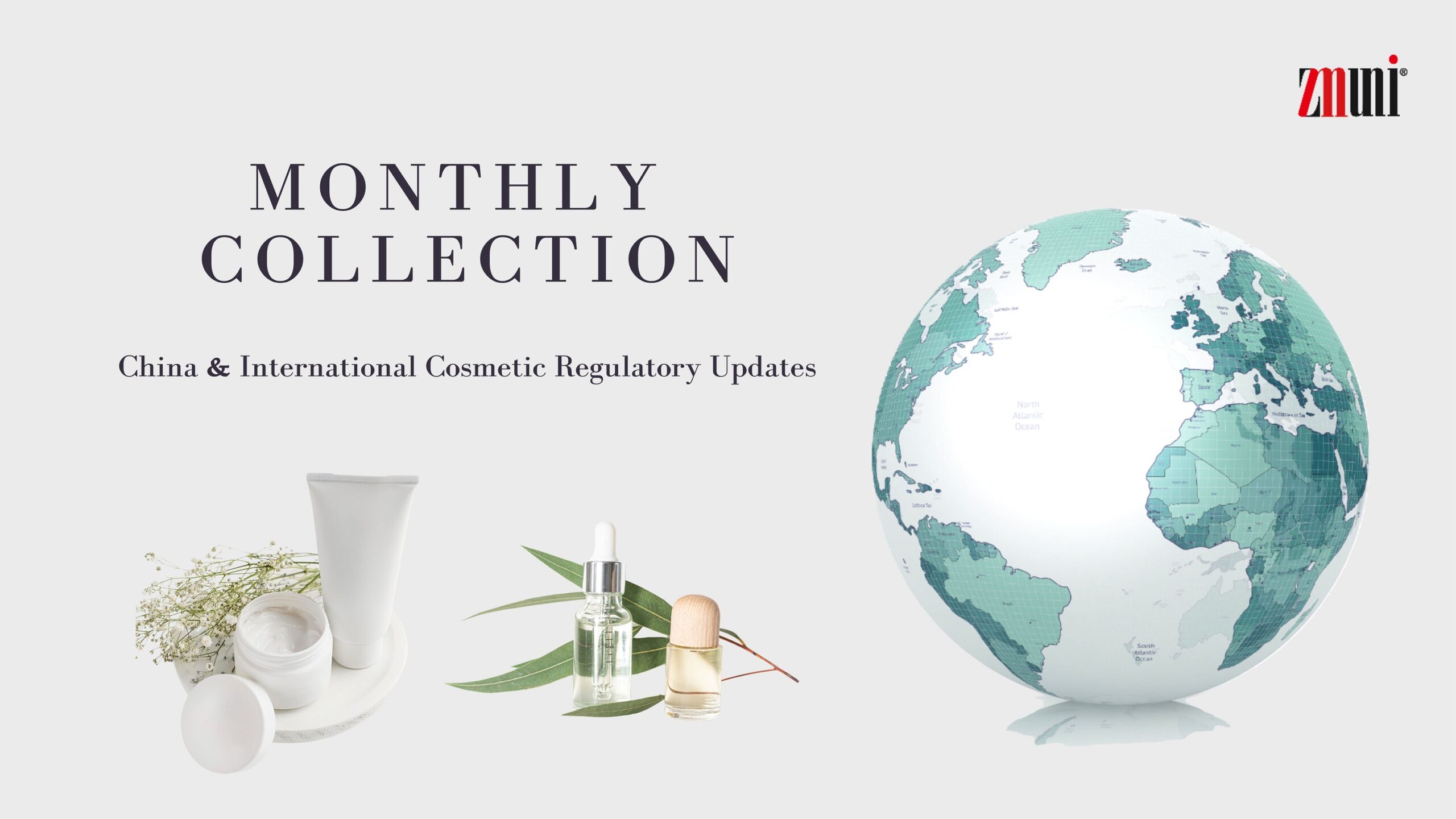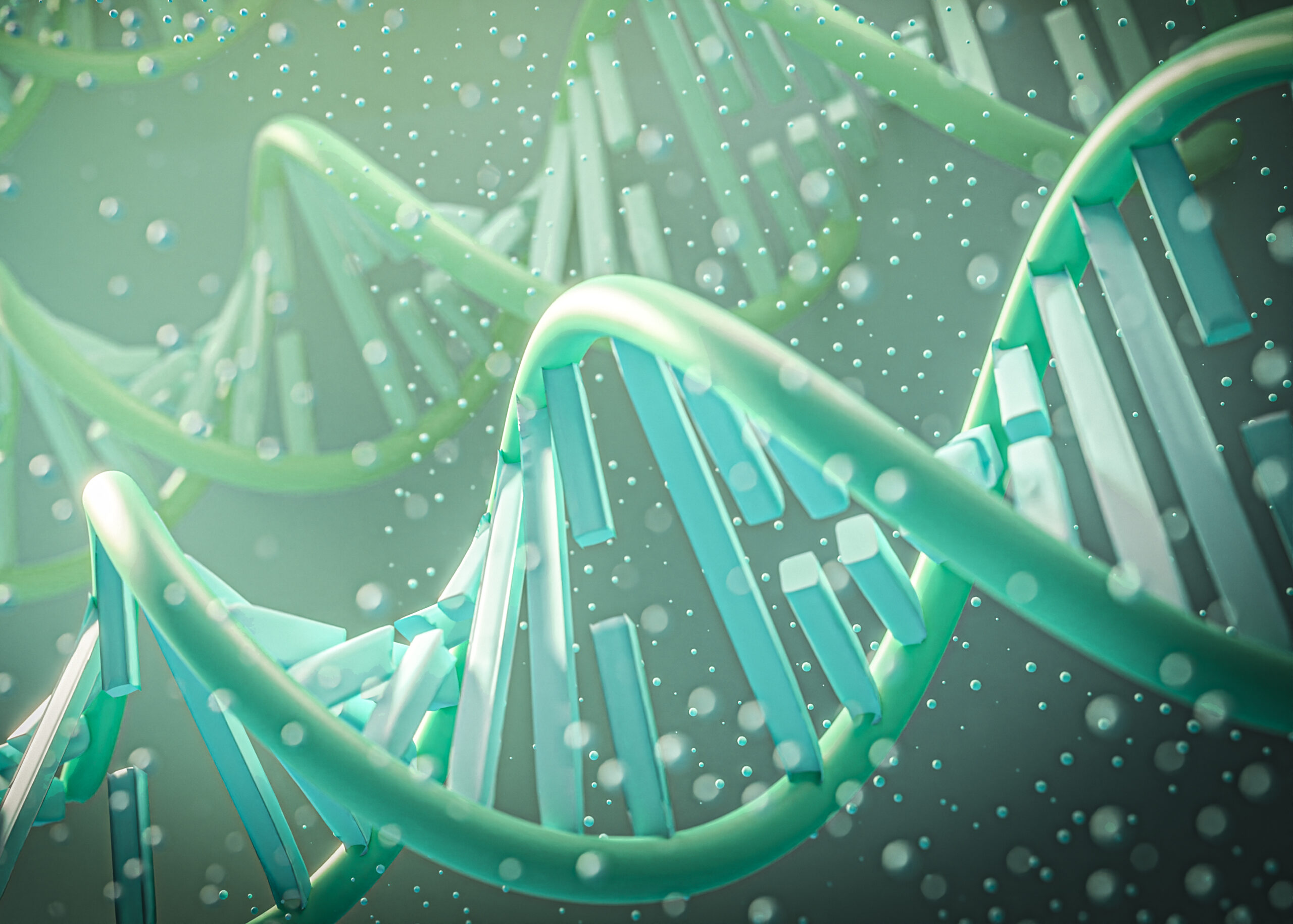+86 571 8659 2517
+86 180 5841 8258
info@zmuni.com

| Peptides Surge in Popularity In recent years, peptides have gained significant momentum in the anti-aging sector in China, emerging as a key ingredient alongside renowned components like retinol, pro-xylane, and collagen. As of the end of September 2024, there were 21,665 skincare products featuring peptides as their primary selling point that are active in China, with the majority of them registered/notified in the past two years. According to data from Frost & Sullivan, the market size for peptide-based cosmetic ingredients in China reached RMB 1.45 billion in 2021 and is projected to grow to RMB 2.32 billion by 2025, reflecting

On October 8, 2024, the National Health Commission (NHC) launched a public consultation for 19 national food safety standards. The draft standards cover six related to food additives, one for contaminants, one product standard, and eleven testing standards. Comments can be submitted through the online system until October 18, 2024. The 19 standards are as follows: No. Standard Revision/Formulation 6 Standards for Food Additives 1. General Rules for Flavorings Revision 2. Food Additive Erythritol Revision 3. Food Additive Sodium Alga Acid (Also known as Sodium Alginate) Revision 4. Amendment Sheet Standards for Six Colorants, including Brilliant

This article focuses on summarizing the regulatory developments related to food within China and internationally in September 2024, with an emphasis on updates in regulations concerning new food ingredients, food additives, feed additives, and special foods. China Food Regulatory Updates 1. New Food Ingredients & Food Additives On September 13, 2024, China's National Center for Food Safety Risk Assessment (CFSA), under the National Health Commission, issued a notice regarding the improvement of safety evaluation data requirements for "three new foods (new food additive, food ingredients, and food contact materials)." The release of this new regulation signifies a comprehensive opening for

China Cosmetic Regulatory Updates | New Cosmetics Ingredients (NCI) Notification in China In September 2024, 6 new cosmetic ingredients were filed with the China National Medical Products Administration (NMPA). They include: Notification No. Ingredient Name in CN & EN Notifier in CN 20240065 吡咯并喹啉醌二钠盐 (Pyrroloquinoline Quinone Disodium Salt) 润辉生物技术 20240066 3,4-二羟基苯乙醇 (Hydroxytyrosol) 上海华茂药业 20240067 金露梅(DASIPHORA FRUTICOSA)提取物 (Dasiphora Fruticosa Extract) 贝泰妮 20240068 β-烟酰胺单核苷酸 (Nicotinamide Mononucleotide) 邦泰生物 20240069 L-高丝氨酸 (L-Homoserine) 盛德百泰生物 20240070 麦芽糖酸 (Maltobionic Acid) 上海克琴 The technical requirements for the 6 NCI mentioned above have not been disclosed, and they have not yet entered the monitoring period. In

On August 26, 2024, the National Center for Food Safety Risk Assessment of China released a collections of FAQs, addressing common questions about "Three New Foods" and food-drug substances. The collection highlighted key issues related to 25 new food ingredients, new varieties of food additives, and food-drug substances. ZMUni Compliance Centre has selected a few typical issues from the collection to share here, aiming to assist international stakeholders looking to enter the Chinese market. Q1: What are "Three New Foods" and How Does China Manage Them? A: As defined in Article 37 of the Food Safety Law, "Three New Foods" includes: Category

On September 13, 2024, the National Medical Products Administration (NMPA) of China issued a public notice revealing that a Spanish cosmetic company is suspected of using the prohibited ingredient "Diflorasone Propionate" in its products. To Ensure Public Safety in Cosmetic Use, China NMPA has ordered a suspension of sales of the company’s implicated products in China. The misuse of prohibited and restricted cosmetic ingredients is a common violation in China. These practices pose significant risks to consumer health and undermine market integrity. In response, regulatory authorities are continuously tightening enforcement measures to ensure compliance and uphold product safety

In the first half of 2024, Chinese cosmetic ingredient enterprises demonstrated steady and impressive performance, in contrast to the significant fluctuations seen by international giants. Despite an overall sluggish consumer market, leading personal care and ingredient enterprises maintained solid growth momentum. In the competitive Chinese cosmetic ingredient market, recombinant collagen has emerged as a standout ingredient. In terms of ingredient types, plant-based and chemical ingredients are now on equal footing. Chinese companies are increasingly exploring China’s unique plant resources, leveraging differentiation strategies to unlock the potential of plant extracts and establish strong product barriers. So far, Chinese cosmetic ingredients enterprises have

On September 13, 2024, China's National Center for Food Safety Risk Assessment, under the National Health Commission, issued a notice regarding the improvement of safety evaluation data requirements for "three new foods (new food additive, food ingredients, and food contact materials)." The release of this new regulation signifies a comprehensive opening for the application of synthetic biology new materials in the food sector! Table 1. Compliance Pathways for Genetically Modified Microorganisms(GMM) in the Food Sector Type Approval Year Approval Authority Genetically Modified Microbial Enzymes 2017 Ministry of Agriculture and Rural Affairs is responsible for safety assessment; The National Health Commission oversees product
+86 571 8659 2517
+86 180 5841 8258
info@zmuni.com